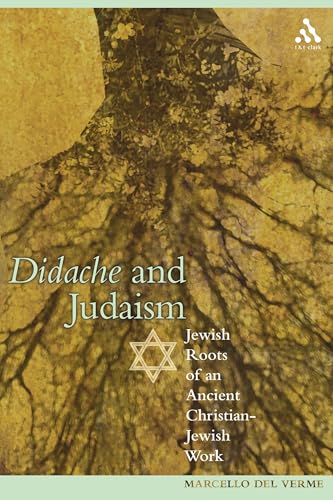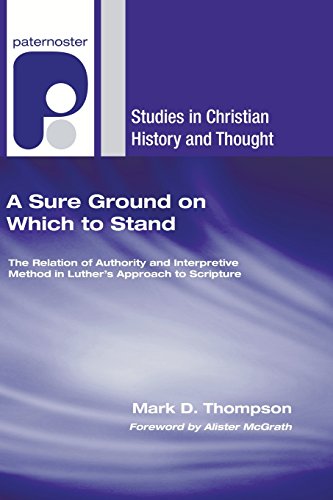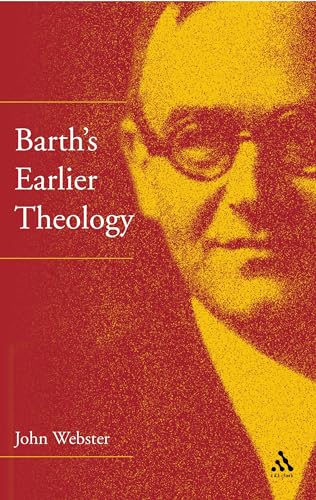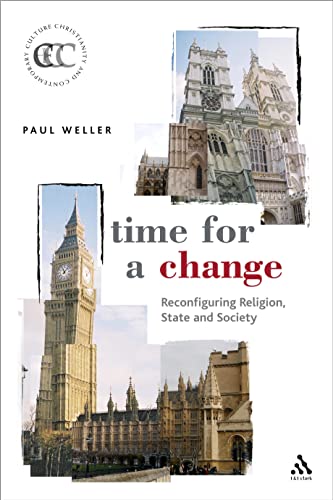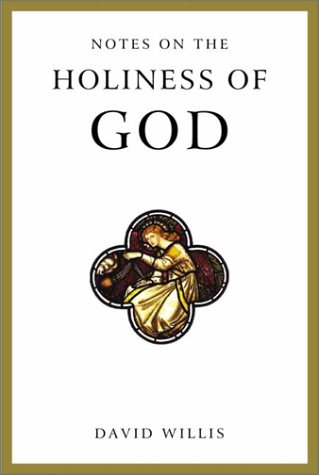Drawing on the now commonplace metaphor of the ‘two horizons’ in biblical hermeneutics, the world of the author and the world of the reader, the Two Horizons New Testament Commentary attempts to bring these worlds together in a deliberate way. In particular, these commentaries intend to provide an explicit and consistent theological reading of the text for today’s readers that is sensitive to theological horizons past and present. Conventional historical questions are not to be ignored in these commentaries, but are only addressed insofar as they contribute directly to a responsible reading of the text.
Stephen Fowl’s contribution on Philippians is one of the first in the series to be published, and it accomplishes the goals of the series admirably well. The ‘Introduction’ includes thoughts on ‘Writing a Theological Commentary’ before briefly addressing only those historical and literary elements of Philippians deemed most important for making sense of the text within its original context. This includes discussions of the ‘Integrity and Genre of Philippians’, the nature of ‘Paul’s Imprisonment’, ‘The Philippians Church and Philippi’, and the relationship between ‘Acts 16 and Philippians’. These discussions are not nearly as lengthy or detailed as similar sections in conventional exegetical commentaries, though Fowl’s treatment of these topics is adequate for the task at hand.
In the ‘Commentary’, Fowl’s exegesis is historically and linguistically sensitive without being unwieldy, and his reading consistently points forward to appropriate theological and ethical implications. One can see a good example of his theological exegesis in his comments on 2:5–11, a passage Fowl sees as the theological and ethical heart of the letter. Conventional exegetical commentaries analyze this passage from every possible historical and literary angle, making judgements as to whether or not it is a hymn, whether it is pre-Pauline in origin, whether the kenosis described reflects an incarnational Christology, whether the background to the passage is in Adamic typology, and so on. Fowl leaves these concerns to a smaller-print excursus at the end of this section, stating that ‘Those who are reading this commentary for other purposes can easily skip over this discussion’ (108). In the commentary proper, Fowl addresses the theological Implications of Christ ‘being in the form of God’, Christ ‘emptying himself’, his humiliation and exaltation. Furthermore, and more foundationally, Fowl addresses the way in which this passage was intended to function in the theological and ethical formation—the ‘practical reasoning’—of the Philippians, and by extension all Christians.
After the commentary proper, a final ‘Theological Horizons’ section provides an excellent ‘theology of friendship’ derived from themes and insights provided in the commentary. This begins appropriately with the vertical dimension of friendship, with Christians as ‘Friends of the Triune God’, drawing particularly on his insights from 2:5–11. Fowl then explores the character of friendship as derived from the character of God, ‘Seeking the Benefit of Others’, again echoing themes from the letter based around 2:5–11. After exploring the specific contexts and characteristics of ‘Friendship in Christian Community’, Fowl fittingly concludes this section with a discussion of ‘Joy and Christian Friendship’, describing joy as the fruits of friendship in Christ.
Fowl’s commentary is a rich resource for Christian scholars and lay people alike. The integration of exegesis and theology is almost seamless—reading it was as much an act of personal worship and spiritual formation as an act of exegetical research—and as such it complements conventional exegetical commentaries on Philippians extremely well. If this commentary reflects the quality one can expect from this series, students and scholars alike will surely want to keep an eye out for future contributions.
Michael W. Pahl
Prairie Bible College, Alberta, Canada



